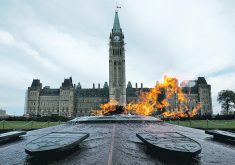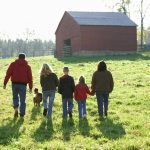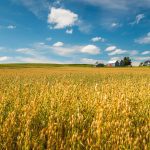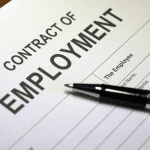South American agriculture will face increasing environmental scrutiny following the latest global climate talks this fall.
One development was an initiative of the Tropical Forest Alliance, a multistakeholder partnership platform supporting collective action to end forest destruction from palm oil, beef, soy, cocoa and pulp and paper supply chains.
A group of about a dozen of the world’s largest agricultural companies, including Cargill, Viterra, ADM, Bunge, Louis Dreyfus and Wilmar, signed an agreement proposing that these commodity companies create and enforce rules through their supply chains with the goal of eliminating deforestation caused in the production of soybeans, beef and palm oil by 2025.
Read Also
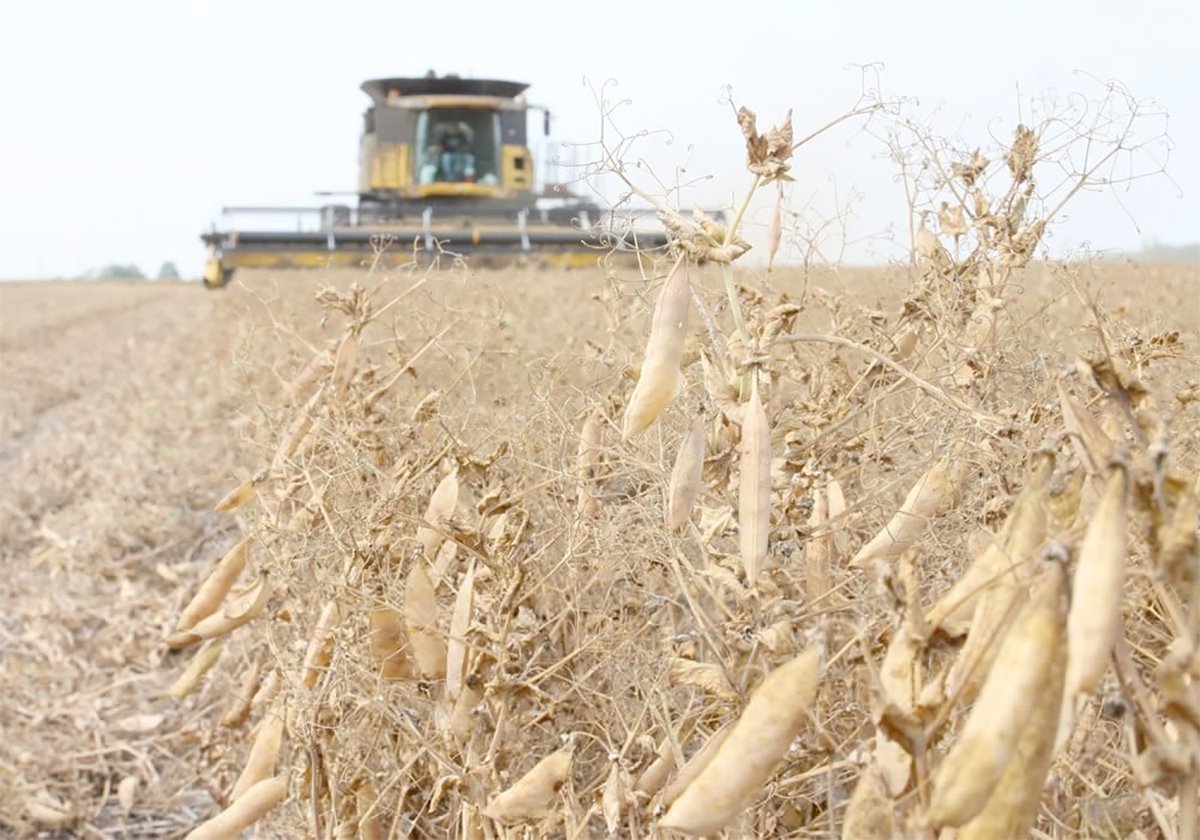
Chinese, Indian tariffs take toll on pea prices
The disruption of pea exports from Canada’s largest customers will likely result in slow pea exports for the remainder of the crop year.
A key component of the plan is for the companies to create and follow a traceability system that ensures they buy only “deforestation-free” products.
The group has committed to measuring and regularly reporting their progress. They will invest in initiatives that transform land-use practices, support producer livelihoods and provide incentives for sustainable land use. They’ll scale up programs that showcase best practices. They will work with governments and the financial sector to ease the transition to a more “forest friendly” production system.
We hear all the time that agriculture, like many other human activities, generates greenhouse gases that are changing our climate.
A percentage of those GHG come from such things as the fuel needed to run tractors, the methane that cattle belch and the volatilization of gases from fertilizer.
But another major part of agriculture’s contribution is land-use change — that is the clearing of forests and grasslands to make way for farms, pastures and plantations.
A lot of that is happening in South America and Asia.
One of the greatest areas of land-use change is in Brazil.
Brazil’s emergence as a food-producing powerhouse is one of the biggest stories in global agriculture in the last three decades.
In the early 1990s, it underwent a massive economic change, removing government involvement in the economy and introducing a new currency to help conquer a long history of high inflation.
This unleashed the agricultural sector.
In 1990, it produced 15.75 million tonnes of soybeans and 24.3 million tonnes of corn. By 2022, soybean production had grown by almost 10 times to a forecast of 152 million tonnes and corn by five times to 126 million tonnes.
It is the world’s top exporter of soybeans and beef and the second largest exporter of corn.
Without its massive increase in crop and livestock production, the world’s growing and more wealthy population would likely have faced higher food costs and more hunger.
But that expansion also came with a daunting environmental cost.
We hear much about agriculture’s incursions into the Amazon rainforest but there has been a greater transformation of a land type known as the Cerrado, a vast grassland mixed with dry forests and shrub land that is particularly rich in biodiversity.
It has been under extreme pressure for decades and only about 20 percent remains untouched.
President Jair Bolsonaro, who lost this year’s election, had a lax attitude toward land clearing in the Amazon and Cerrado. He promoted increased mining, agriculture, logging and energy extraction.
A Reuters story last week reported that Cerrado deforestation, based on satellite analysis, in the last year increased by 25 percent over the previous year, meaning more than 10,000 sq. kilometres were cleared, the most since 2015. About 11,600 sq. km of Amazon forest was cleared, the second highest in 13 years.
President-elect Luiz Inácio Lula da Silva has pledged to stop deforestation and degradation of biomes by 2030.
It is not clear how effective these actions will be in halting deforestation.
Critics from the environmental movement note that previous efforts by governments and business to restrict deforestation have met with disappointing results.
On the other side of the issue, some Brazilian farmers complain they are being penalized for land clearing but there is not the same focus on land that was cleared a century or more ago in areas like North America and Europe. They also say that much of the deforestation is done by marginal players who are not part of the mainstream of Brazil’s agriculture industry.
In 2020, Brazil’s biggest lobby group for soy farmers, Aprosoja, broke ties with the Brazil Agribusiness Association after the association joined with about 230 non-government organizations, companies and other groups calling on the Bolsonaro government to combat rising deforestation.
Farmers were overwhelming supporters of Bolsonaro’s conservative government.
I’ve talked a lot about Brazil, but the plan to stop deforestation also includes the palm production areas of Indonesia and Malaysia, cocoa production areas of West Africa and cattle production, particularly in South America.
It is important that nowhere in the plan can I see any effort to lower overall production of these commodities. There is recognition that the world’s growing population needs food.
The goal is to make universal the best practices that will preserve the forests that are the Earth’s lungs.








